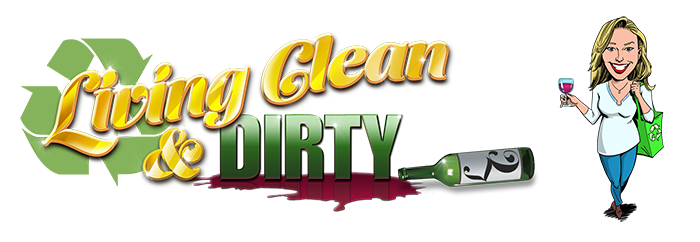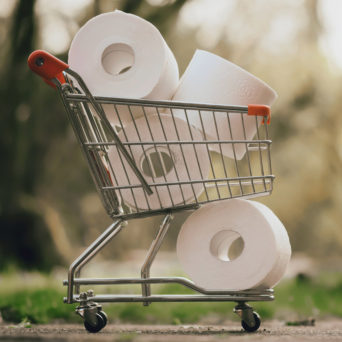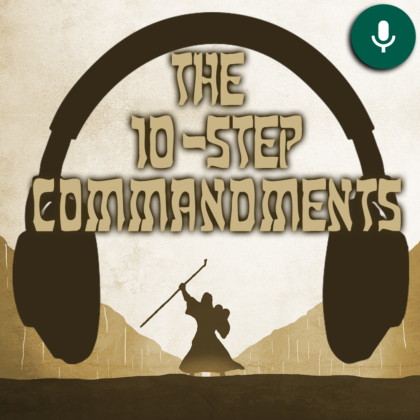Two parts Hydrogen, one part oxygen. Even someone who failed chemistry in high school (I’m looking at you Gene Haskell) knows this simple chemical formula. Beauty spas, mermaid tv shows and even a cell phone service all use this familiar recipe to sell you something. The grocery store has an entire aisle devoted to it and almost ¾ of the Earth is covered in it.
Water, it’s kind of a big deal. But what’s really in it, is it safe?
Millions of people around the world suffer from illnesses spread by polluted water. I’ve seen enough of those heart-wrenching commercials about a small village in a country thousands of miles away with no access to clean drinking water. The stories are awful and my gratitude goes out to those who volunteer to do their part in improving the quality of life for perfect strangers.
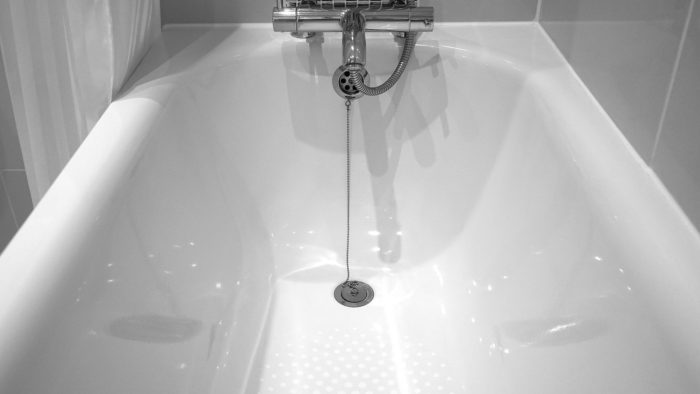 You might say, “but that’s on the other side of the world, that wouldn’t happen here.” I’ll bet there was a time when the residents of Flint, Michigan said the same thing. Ever since I first read about Flint’s water crisis in 2014 I haven’t looked at my water the same. Over the years I bought a whole house water filter, a filtered instant hot spout on my sink and even a filtered water pitcher which sits on my counter. Because like dad always said “If you’re going to do something, then take it to the extreme”.
You might say, “but that’s on the other side of the world, that wouldn’t happen here.” I’ll bet there was a time when the residents of Flint, Michigan said the same thing. Ever since I first read about Flint’s water crisis in 2014 I haven’t looked at my water the same. Over the years I bought a whole house water filter, a filtered instant hot spout on my sink and even a filtered water pitcher which sits on my counter. Because like dad always said “If you’re going to do something, then take it to the extreme”.
Recently I reached out to my local water company to ask the tough questions
- Is my water safe?
- If I don’t just take your word for it is there a publicly available report I could read?
- Where did I leave my other green dangly earing?
Well, two out of three ain’t bad. Their representative told me our water is incredibly clean and perfectly fine to drink and he provided me with a report that may or may not have been in English. I recognized a lot of the letters and numbers but when you put them all together it was like a word salad, and not the kind you would toss. Let’s just say my chemistry knowledge to this day still rivals that of Gene from high school, meaning I really didn’t understand most of it.
So next stop …the Environmental Working Group’s Tap Water Database (https://www.ewg.org/tapwater/) where I learned I had 30 total contaminants in my water and 5 exceed their guidelines. 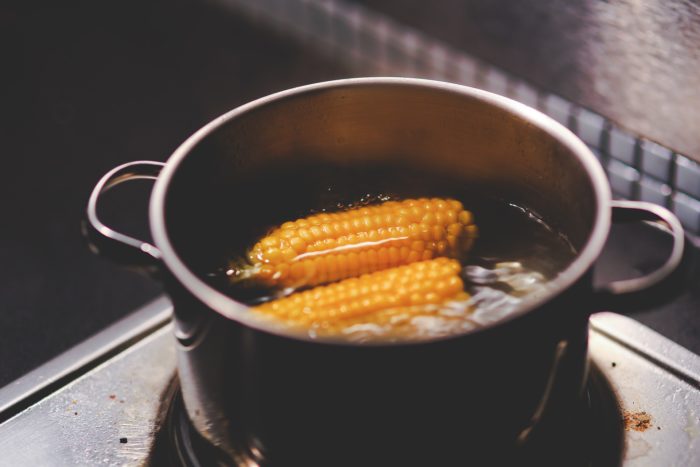 But what does that mean? I know it’s not crystal clean water that came from a babbling brook in Maine (why they babble I have no idea) but am I the next Flint, Michigan? I was pretty sure the water company wasn’t going to tell me “Oh, your water is garbage, you should probably keep your mouth closed when you shower”. I needed to get impartial answers from someone with nothing to gain. At this point the Wikipedia side of my brain had kicked in and I spent many a sleepless night wondering what sort of physical damage our water could be doing to do my family. Now don’t get me wrong, emotional damage is just part of good parenting, but physical is where I draw the line.
But what does that mean? I know it’s not crystal clean water that came from a babbling brook in Maine (why they babble I have no idea) but am I the next Flint, Michigan? I was pretty sure the water company wasn’t going to tell me “Oh, your water is garbage, you should probably keep your mouth closed when you shower”. I needed to get impartial answers from someone with nothing to gain. At this point the Wikipedia side of my brain had kicked in and I spent many a sleepless night wondering what sort of physical damage our water could be doing to do my family. Now don’t get me wrong, emotional damage is just part of good parenting, but physical is where I draw the line.
Well thanks to the good folks at envirotestkits.com I can put my worries to rest. They sent me an awesome water quality test kit so I could get the answers I so desperately needed. So check out the video and see how we did. And if you happen to see a green dangly earing in the background anywhere let me know.
Envirotestkits.com provided me with a SafeHome water quality test kit to facilitate this review; however, all opinions expressed are my own.
